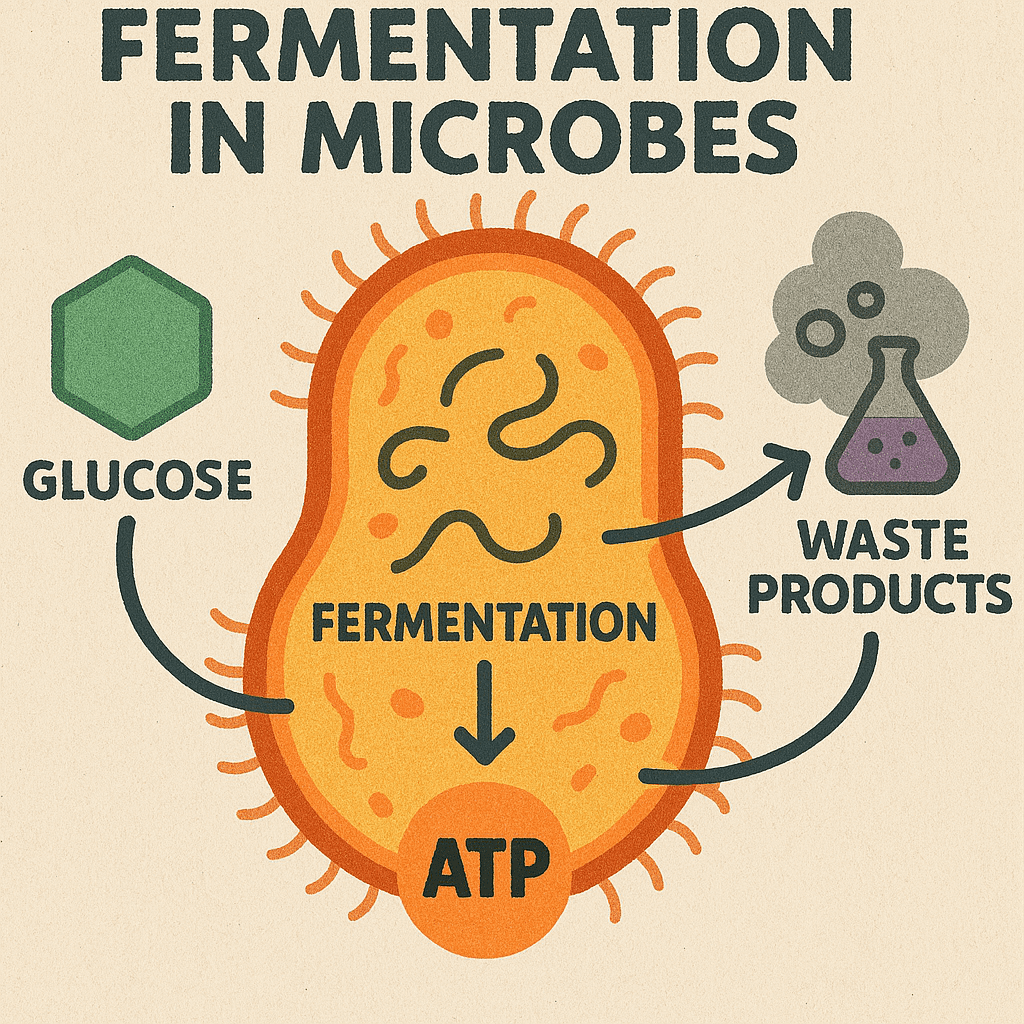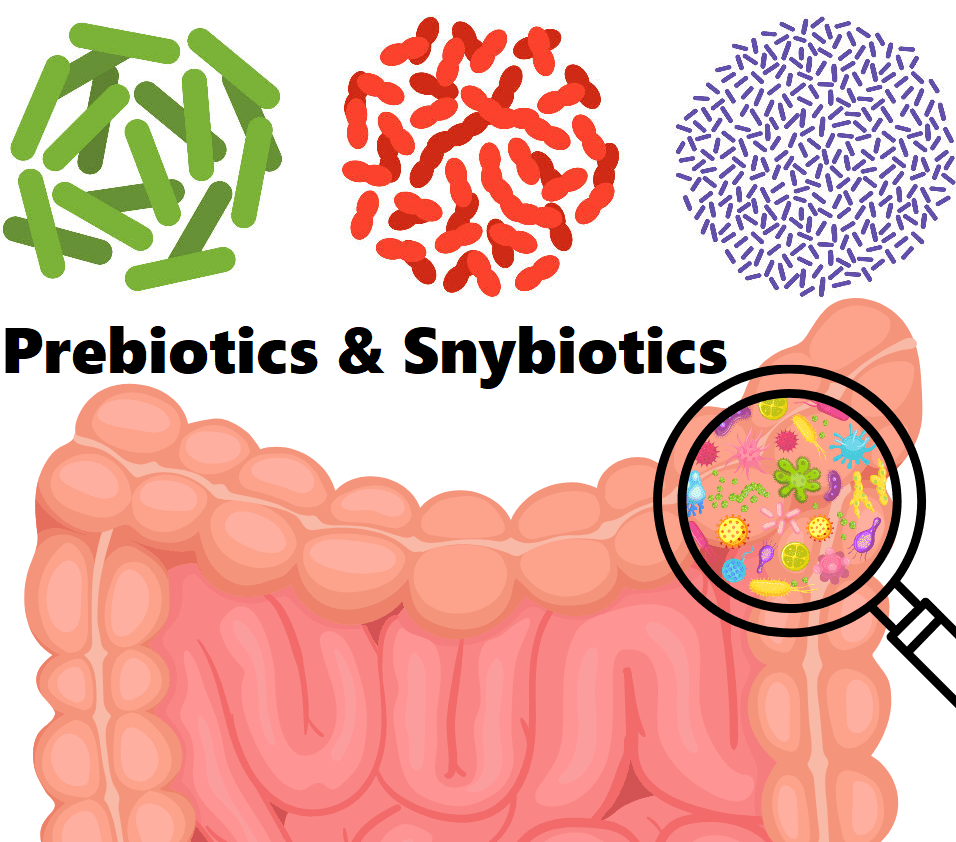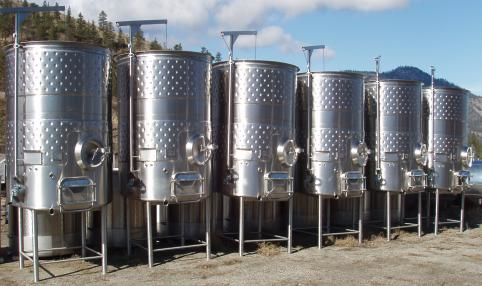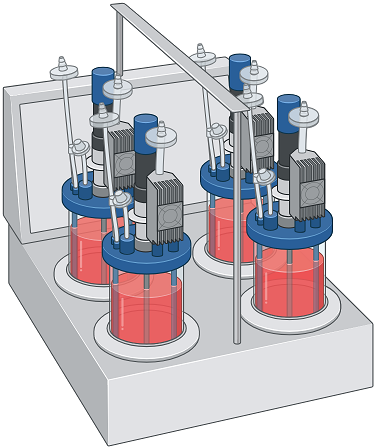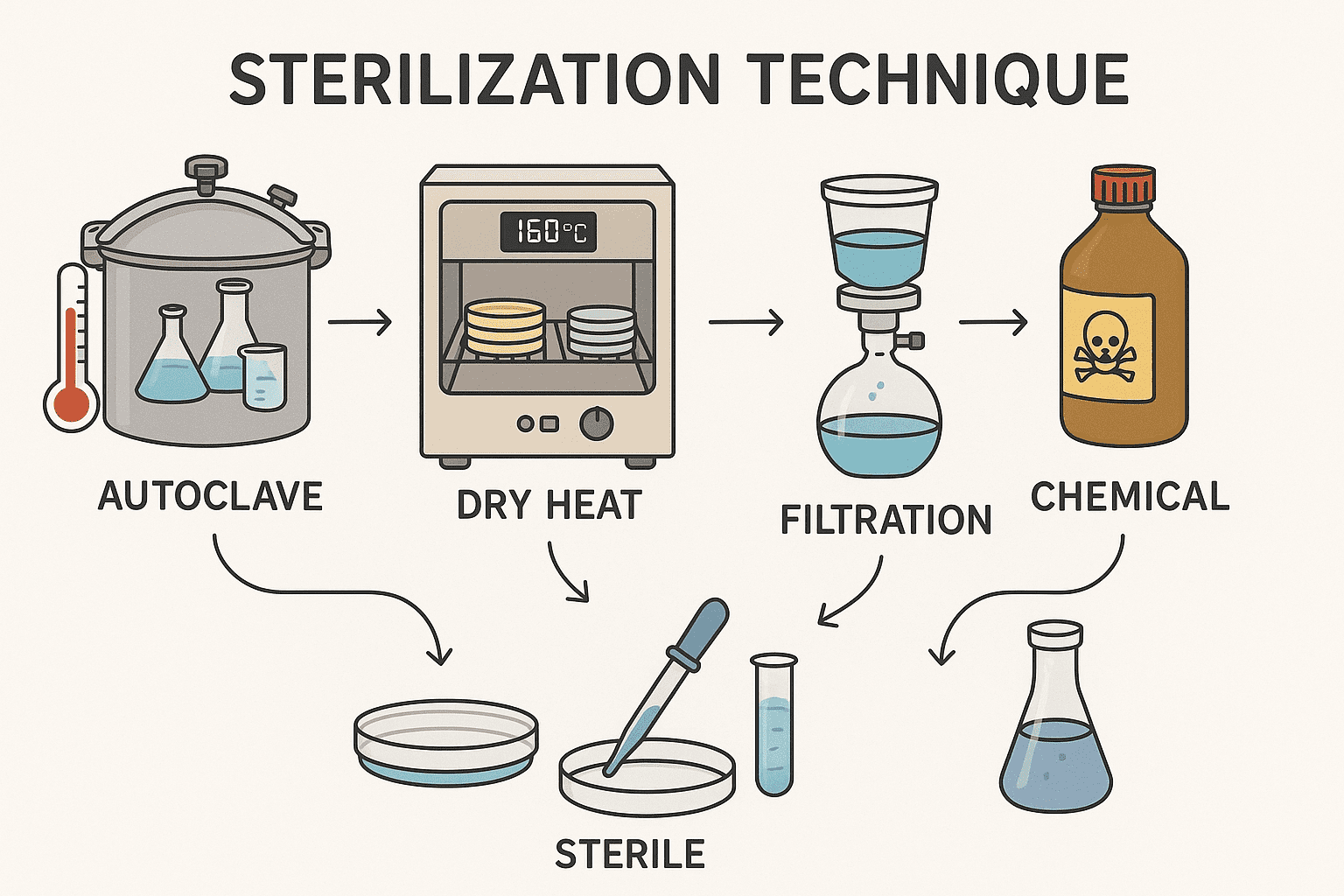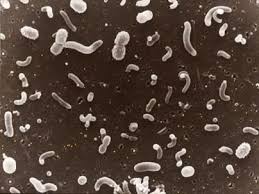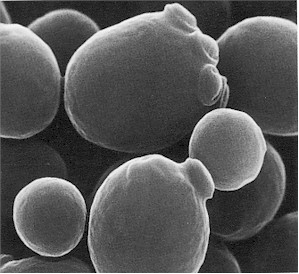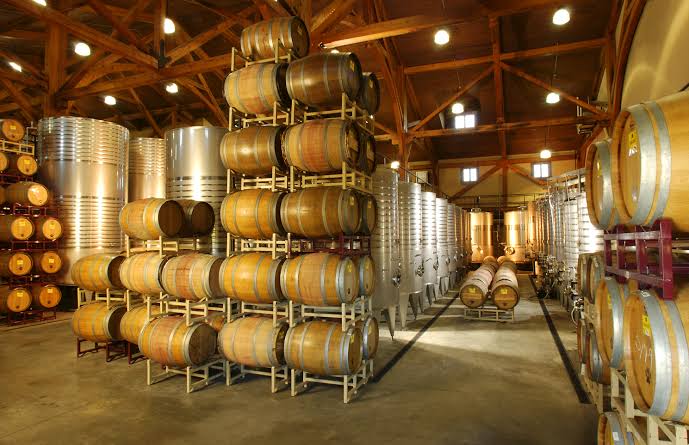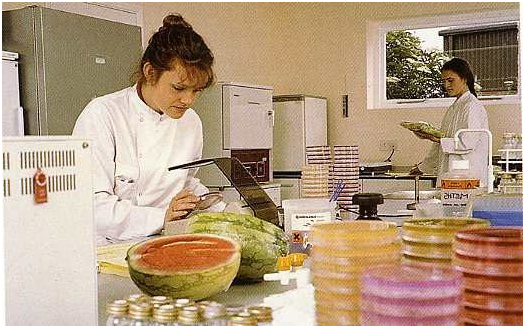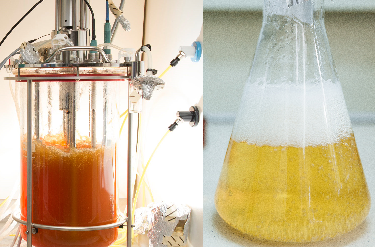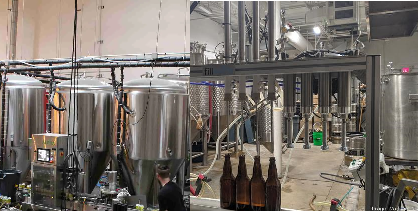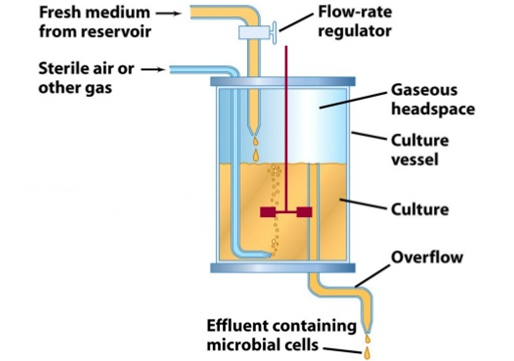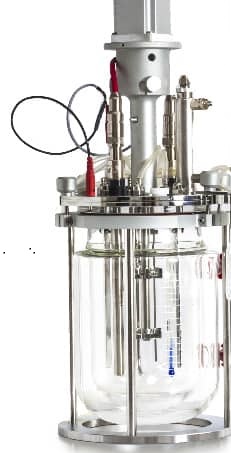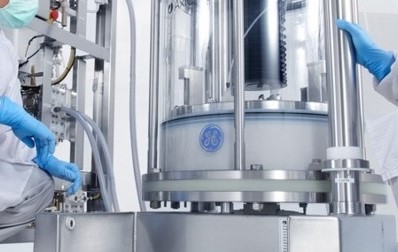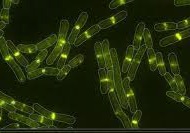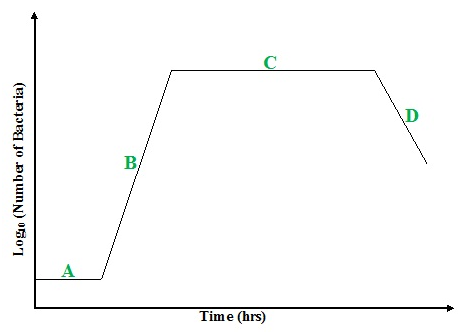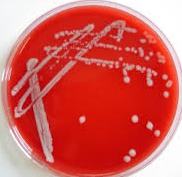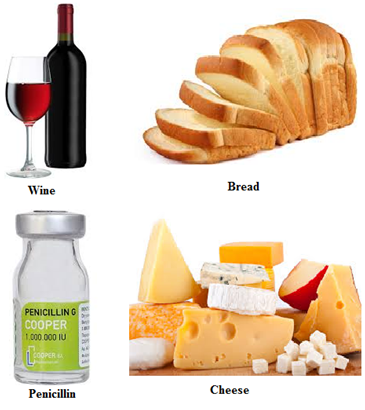Fermentation is a metabolic process that enables cells to extract energy from organic molecules in […]
Category: Industrial Microbiology
Harnessing the Power of Prebiotics and Synbiotics: A New Frontier in Gut Health and Beyond
IntroductionIn recent decades, scientific interest in gut health has intensified significantly, driven by a growing […]
Factors in the Design and Construction of Industrial Fermenters: An Interdisciplinary Approach to Cost-Efficient Bioprocessing
The success of any industrial fermentation process heavily depends on the efficiency, reliability, and appropriateness […]
Design and Operation of Fermenters: Engineering Optimal Environments for Microbial Cultivation and Industrial Bioproduction
Introduction Fermentation stands as a fundamental and versatile process across multiple scientific and industrial disciplines, […]
Approaches to Microbial Strain Improvement for Industrial Applications
Introduction Microbial strain improvement is a critical process in industrial microbiology and biotechnology, aimed at […]
Inoculum Development and Preparation for Industrial Fermentation
Introduction Inoculum preparation is a foundational step in the fermentation process and plays a pivotal […]
Sterilization Techniques in Industrial Microbiology: Safeguarding Fermentation Integrity
Introduction Lactic acid bacteria (LAB) constitute a diverse and functionally significant group of Gram-positive, non-sporulating, […]
Lactic Acid Bacteria (LAB): Key Microorganisms in Fermentation and Food Biotechnology
Introduction Lactic acid bacteria (LAB) constitute a diverse and functionally significant group of Gram-positive, non-sporulating, […]
Saccharomyces cerevisiae: Morphology, Physiology, and Biotechnological Applications of an Ancient and Modern Yeast
Saccharomyces cerevisiae, commonly known as baker’s yeast or budding yeast, is a unicellular eukaryotic […]
Processes of Beer Production
Beer production is an ancient and intricate biochemical process that has evolved over thousands of […]
The Role and Potential of Microbes in Food Production
Microorganisms, particularly bacteria and fungi, are fundamental to the sustainability and advancement of modern agriculture […]
Principles of Food Hygiene: Sources of Contamination in the Food Industry
Introduction Food hygiene encompasses all conditions and measures necessary to ensure the safety and suitability […]
Fermentation Media: Composition, Function, and Industrial Applications
Fermentation media are the carefully designed nutrient preparations that support the growth, survival, and metabolic […]
The Microbiology of Beer Production
Beer is one of the oldest and most widely consumed alcoholic beverages globally. It is […]
Feeding the Future: How Single Cell Proteins Can Help Solve Global Malnutrition
As the global population races past 8 billion and continues to rise, the urgency to […]
CONTINUOUS AND SEMI-CONTINUOUS FERMENTATION
Introduction to Fermentation Processes Fermentation is a metabolic process by which microorganisms convert organic compounds—primarily […]
Fed-Batch Fermentation: A Comprehensive Overview
Fed-batch fermentation is a critical and widely used process in modern biotechnology and industrial microbiology. […]
Batch Fermentation: Principles, Process, Applications, and Evaluation
Introduction Fermentation is a biological process through which microorganisms convert substrates (typically carbohydrates) into valuable […]
Benefits of Fermentation: A Comprehensive Exploration
Fermentation is one of the oldest and most fundamental biotechnological processes known to mankind, with […]
Significance and Applications of Microorganisms
Microorganisms, often referred to as microbes, are tiny life forms that are invisible to the […]
Fermentation and Its Importance
The term fermentation is one of the oldest in the history of biological and chemical […]
MICROBIAL METABOLITES: PRIMARY METABOLITES AND SECONDARY METABOLITES
Microorganisms, including bacteria, fungi, and actinomycetes, are among nature’s most prolific chemists. They are capable […]
Anaerobic Digestion: Principles, Microbial Ecology, and Applications
Anaerobic digestion (AD) refers to the biological breakdown of complex organic materials, particularly those of […]
Microorganisms Used in Biotechnological Processes
Biotechnology, the application of biological systems or organisms to develop products and technologies for human […]
MICROBIAL GROWTH PHASE
Microbial growth is a fundamental biological process that governs the proliferation of microbial cells in […]
Characteristics of Microorganisms Used in Industrial Microbiology
Microorganisms—including bacteria (e.g. Escherichia coli, Bacillus subtilis), fungi (yeasts like Saccharomyces cerevisiae and Pichia pastoris, […]
General Significance and Importance of Fungi
Fungi represent a vast and diverse kingdom of eukaryotic organisms that play indispensable roles in […]
Exploring Careers in Microbiology: What Microbiologists Do and Where They Work!
A guide to discovering diverse career paths through the world of microbes—from healthcare to climate […]
Introduction to Industrial Microbiology
Microorganisms have long been central to the development and sustenance of human civilization. They play […]


